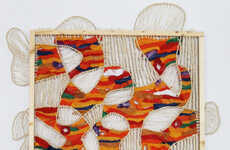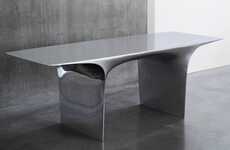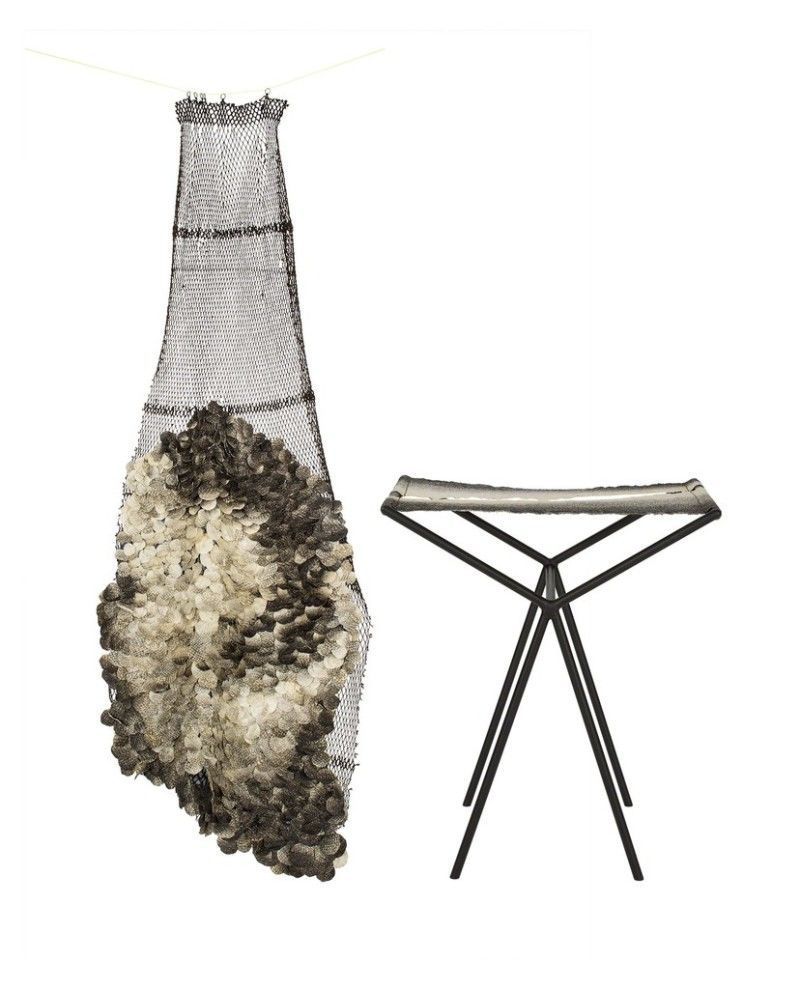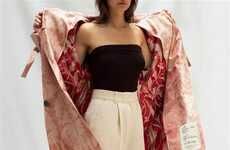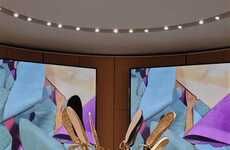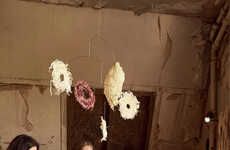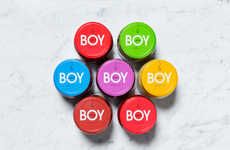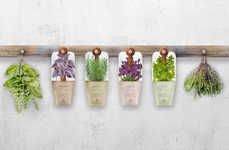
Nienke Hoogvliet is an "Artivist" That is Contemporary and Sustainable
Meghan Young — February 3, 2016 — Eco
References: nienkehoogvliet.nl & trendland
Identifying more with the word "artivist" than the typical label "artist" or "activist," Nienke Hoogvliet has managed to turn her art into something much more valuable than a form of expression. Although that in and of itself is valuable, Trendland shares that "art is a space for her to explore new solutions while maintaining tradition and sustainability."
A few years ago, Nienke Hoogvliet opened her own textile, product and concept design studio. Juxtaposing experimental textiles such as fish leather made from salmon skin, sea algae with conventional fabric like mohair, silk and cotton, Nienke Hoogvliet is inspired by "the vulnerability that surrounds her in humanity and nature." While some of her pieces are simply meant to be enjoyed visually, others form such things as furniture pieces to be put to use.
A few years ago, Nienke Hoogvliet opened her own textile, product and concept design studio. Juxtaposing experimental textiles such as fish leather made from salmon skin, sea algae with conventional fabric like mohair, silk and cotton, Nienke Hoogvliet is inspired by "the vulnerability that surrounds her in humanity and nature." While some of her pieces are simply meant to be enjoyed visually, others form such things as furniture pieces to be put to use.
Trend Themes
1. Contemporary Sustainability - Exploring new sustainable solutions while maintaining traditional artistic practices presents an opportunity for disruptive innovation.
2. Textile Experimentation - Juxtaposing unconventional textiles with conventional fabrics opens doors for innovative and eco-friendly design approaches.
3. Art as Functional Design - Blurring the line between art and functional objects creates a space for disruptive innovation in the furniture and product design industry.
Industry Implications
1. Art and Design - The art and design industry can embrace contemporary sustainability and explore new materials and techniques.
2. Fashion and Textiles - The fashion and textiles industry can leverage textile experimentation to create unique and eco-friendly fashion products.
3. Furniture and Home Decor - The furniture and home decor industry can tap into the trend of art as functional design to create innovative and visually appealing products.
1
Score
Popularity
Activity
Freshness

